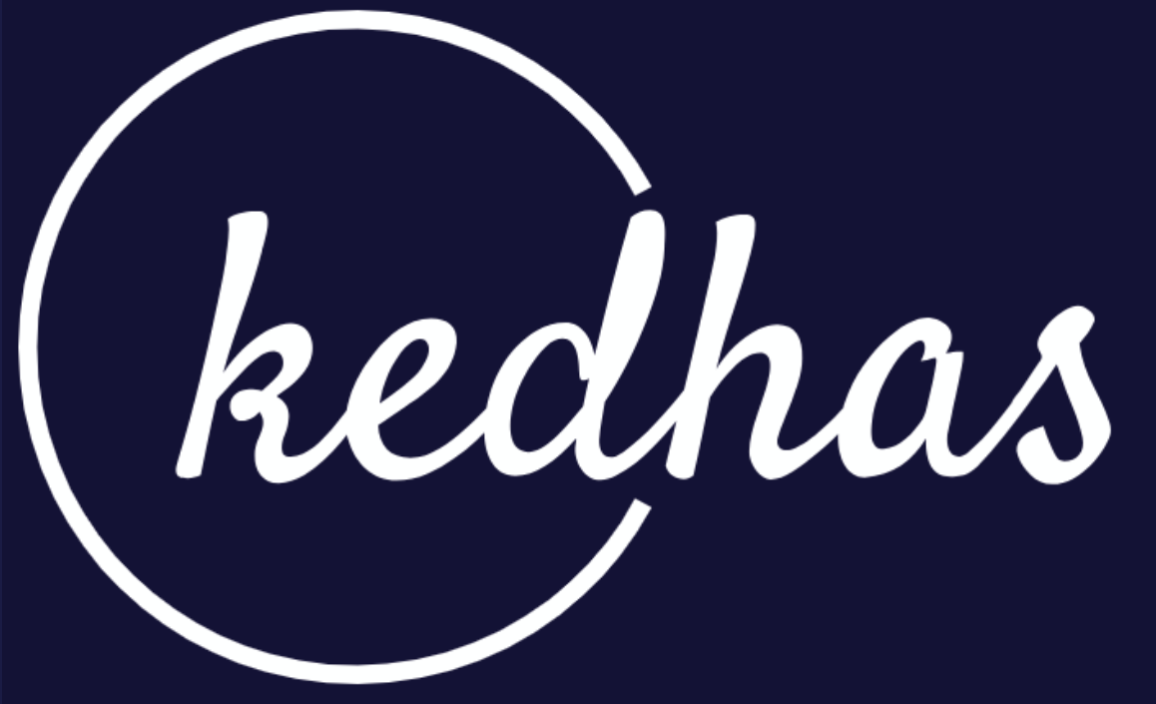Performance Optimization
Performance is a critical factor in the success of any mobile application. While React Native allows for rapid development, it's essential to optimize your app for the best user experience. This section will guide you through various techniques to enhance the performance of your React Native application.
Why Optimize Performance?
-
User Experience: A slow or laggy app can lead to a poor user experience.
-
Resource Efficiency: Optimized apps use fewer system resources, leading to better battery life and system health.
-
Scalability: Performance optimizations make it easier to scale your app as it grows.
Key Areas for Optimization
Rendering
Minimize unnecessary re-renders by using techniques like memoization.
import React, { useMemo } from 'react';
const MyComponent = ({ data }) => {
const computedValue = useMemo(() => expensiveComputation(data), [data]);
return <div>{computedValue}</div>;
};State Management
Use state management libraries like Redux or MobX efficiently to minimize component updates.
// Using Redux useSelector hook to select only the part of the state the component needs
const value = useSelector((state) => state.someSlice.value);Network Requests
Optimize network requests by caching results and using pagination.
// Using Axios to make a paginated request
axios.get('/items', {
params: {
_limit: 10,
_page: 2,
},
});Native Modules
For computationally heavy tasks, consider moving the logic to native modules.
// Android example in Java for a computationally heavy task
public class HeavyComputationModule extends ReactContextBaseJavaModule {
// Your native code
}Tools for Performance Optimization
-
React DevTools: Use the Profiler tab to identify bottlenecks in your React component tree.
-
Chrome DevTools: Use the Network tab to analyze network requests.
-
Native Profilers: Use Android Studio or Xcode to profile native code.
Best Practices
-
Code Splitting: Use lazy loading to split your code into smaller chunks.
-
Throttling and Debouncing: Use throttling and debouncing for event handlers like scrolling and input.
-
Optimize Assets: Compress images and other static assets to reduce load time.
Performance optimization is an ongoing process that involves profiling, identifying bottlenecks, and applying suitable techniques to eliminate them. By following these tips and best practices, you can significantly improve the performance of your React Native application.
Feel free to dive deeper into each topic to get a comprehensive understanding of performance optimization in React Native.
Book a conversation with us for personalize training today!

